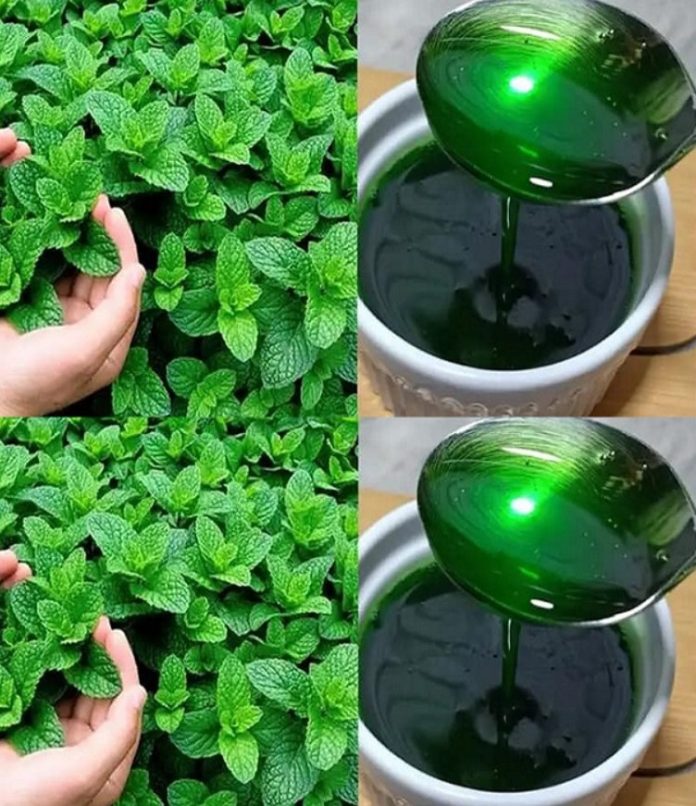Mint is more than just a refreshing herb; it’s a powerhouse of health benefits and a versatile addition to any home garden. The journey of cultivating mint at home not only enhances your culinary experiences but also provides a range of therapeutic and environmental advantages. In this comprehensive guide, we’ll delve into the myriad benefits of growing mint at home, explore the best practices for its cultivation, and uncover how this humble herb can transform your life.
The Allure of Mint: A Green Marvel
Mint, a member of the Lamiaceae family, is renowned for its aromatic leaves and refreshing flavor. Its uses span across culinary, medicinal, and cosmetic applications, making it a truly multifaceted plant. From mint tea to homemade beauty products, the benefits of having fresh mint at your fingertips are immense.
Health Benefits: Mint’s Therapeutic Powers
1. Digestive Health
Mint is well-regarded for its positive impact on digestive health. It contains menthol, which has been shown to relax the muscles in the digestive tract, reducing symptoms of indigestion and bloating. Incorporating fresh mint leaves into your diet can help alleviate stomach discomfort and promote smoother digestion.
2. Respiratory Relief
The menthol in mint also acts as a natural decongestant. It can help clear nasal passages and ease symptoms of respiratory conditions such as colds and allergies. Drinking mint tea or inhaling steam infused with mint leaves can provide relief from congestion and promote easier breathing.
3. Anti-Inflammatory and Antioxidant Properties
Mint is rich in antioxidants and anti-inflammatory compounds, which can help combat oxidative stress and reduce inflammation in the body. Regular consumption of mint can contribute to overall wellness by supporting your immune system and protecting against chronic diseases.
4. Oral Health
Mint is a common ingredient in dental care products due to its ability to freshen breath and combat oral bacteria. Chewing fresh mint leaves or using mint-infused mouthwash can help maintain oral hygiene and prevent bad breath.
Cultivating Mint: A Simple Guide to Growing Your Own
1. Choosing the Right Variety
Mint comes in various varieties, including peppermint, spearmint, and chocolate mint. Each type offers unique flavors and aromas, so choose one that suits your preferences. Peppermint is known for its strong menthol flavor, while spearmint has a milder taste.
2. Selecting the Perfect Location
Mint thrives in a sunny location with well-drained soil. However, it is a hardy plant that can tolerate partial shade. Ensure the soil is rich in organic matter and maintains a consistent level of moisture.
3. Planting Mint
Mint can be grown from seeds, cuttings, or transplants. If starting from seeds, sow them indoors 6-8 weeks before the last frost date. For a quicker start, purchase mint seedlings or take cuttings from an established plant. Space plants about 12 inches apart to allow for their spreading growth.
4. Caring for Mint Plants
Mint is relatively low-maintenance but requires regular watering to keep the soil consistently moist. Avoid waterlogging, as this can lead to root rot. Mint benefits from occasional feeding with a balanced fertilizer to support vigorous growth.
5. Harvesting Mint
You can begin harvesting mint leaves once the plant is established and has reached a height of about 6 inches. Pick leaves regularly to encourage new growth. For the best flavor, harvest leaves in the morning when their essential oils are most concentrated.
Using Mint: Creative Culinary and Beyond
1. Culinary Uses
Mint can elevate a variety of dishes. Use it to add a burst of freshness to salads, soups, and sauces. Mint also pairs wonderfully with fruits, such as in a refreshing mint and watermelon salad or a zesty mint and lime dressing.
2. Beverages
Mint-infused beverages are a delight. Brew a soothing cup of mint tea or add mint leaves to your favorite cocktails for a refreshing twist. Mint lemonade and mojitos are classic choices that highlight the herb’s vibrant flavor.
3. Homemade Beauty Products
Mint’s soothing properties make it an excellent ingredient for homemade beauty treatments. Create a mint-infused facial toner or a cooling mint foot scrub to pamper yourself with natural, homemade skincare solutions.
Mint and the Environment: An Eco-Friendly Choice
Growing mint at home is not only beneficial for personal health but also for the environment. Mint plants help improve air quality by absorbing carbon dioxide and releasing oxygen. They also attract beneficial insects, such as bees and butterflies, which support local ecosystems.
Conclusion:
Incorporating mint into your home garden offers a wealth of benefits, from enhancing your health to enriching your culinary experiences. Its versatility and ease of cultivation make it a perfect choice for both novice and experienced gardeners. By growing mint at home, you’re not only adding a delightful herb to your life but also embracing a sustainable and healthful lifestyle.
So, why wait? Start your mint-growing journey today and enjoy the countless benefits that this green marvel has to offer. Whether you’re sipping mint tea, preparing a fresh salad, or creating natural beauty products, mint will undoubtedly add a touch of vitality and flavor to your life.
Source of the picture : Barbara O’Neill Lectures










